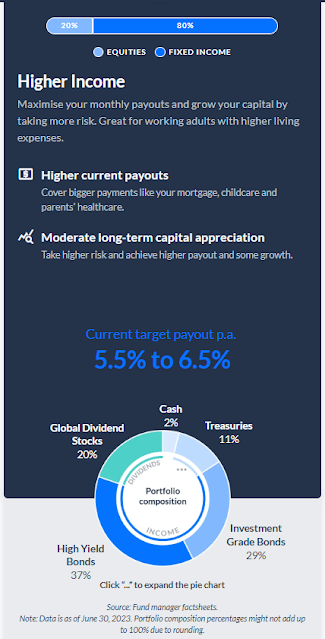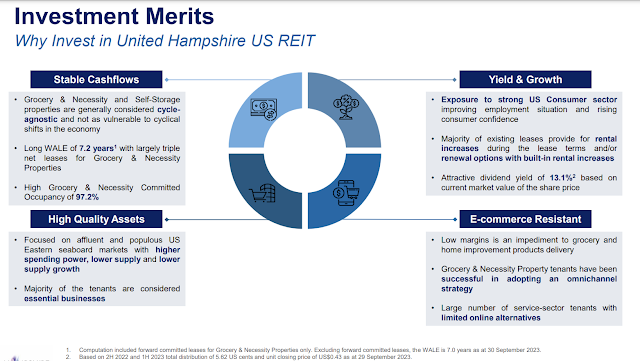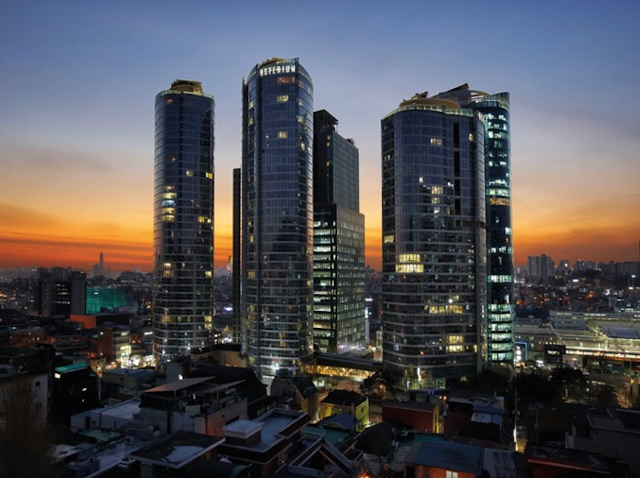Who dares win.....create your own passive income and achieve financial independence. Be in control of your own destiny.
Wednesday, 29 November 2023
Devastating Recapitalisation Exercise for Manulife US REIT- Sponsor Raided Shareholders Via Loan-Shark Loan.
Tuesday, 28 November 2023
Netlink Trust Disappointing Results From IMDA Pricing Review.
Basically, over the past 5 years, residential connections have grown from 1.2Mil to 1.5Mil which gives an compound annual growth rate ("CAGR") of 4.5% in terms of volume. Non-Building Address Points ("NBAP") has grown at an impressive 26.5%. Hence due to surge in volume economies of scale over total cost of operating the fibre network, this leads to a regulatory reduction in prices per connection.
Sunday, 19 November 2023
Alibaba Giving Out Dividends To Reward Long Suffering Shareholders.
Wednesday, 15 November 2023
Tesla Breakthrough In Automated Full Self Driving With Use of Artificial Intelligence.
Tesla is set to release its latest version 12 of Full Self Driving ("FSD") technology using the revolutionary Artificial Intelligence ("AI") learning. According to Elon Musk, this will be released in another 2 weeks time (end November 2023 or early December 2023). The use of AI presents a paradigm shift in Tesla's approach to self driving technology which will rely on car cameras and AI learning.
According to Elon Musk, FSD version 12 no longer rely on the traditional pre-defined code for routine driving decisions like stopping at signs or slowing down for speed bumps. Instead, it uses vast amounts of video data from Tesla vehicles worldwide to learn and adapt, which is an incredulous stark contrast to the 300,000 lines of C++ code in its predecessor.
I am not sure how good will be the released product as it was reported that Elon's vast optimism may still have some hiccups as during a live drive demonstration by Musk, he still had to intervene at one point to prevent his vehicle from running a red light.
My personal overall sensing is that Elon Musk and Tesla are probably on their way to succeed in something that was once thought to be a virtually impossible feat.
Sadly, it looks like my backup plan to become a Taxi/Grab Driver in event that I am retrenched maybe in jeopardy if Tesla really managed to resolve all kinks and leapfrog autonomous driving.
Please see details from the below technology posts:
1. How Tesla Is Using Artificial Intelligence to Create The Autonomous Cars Of The Future
2. Tesla's upcoming FSD V12 is two weeks away according to Musk
Tuesday, 14 November 2023
Endowus Income Portfolio- How Come Singapore Passive Income Portfolio Differs From The Solution in Hong Kong?
 |
| Singapore Passive Income Plus |
 |
| Endowus Hong Kong Passive Income-Plus |

















